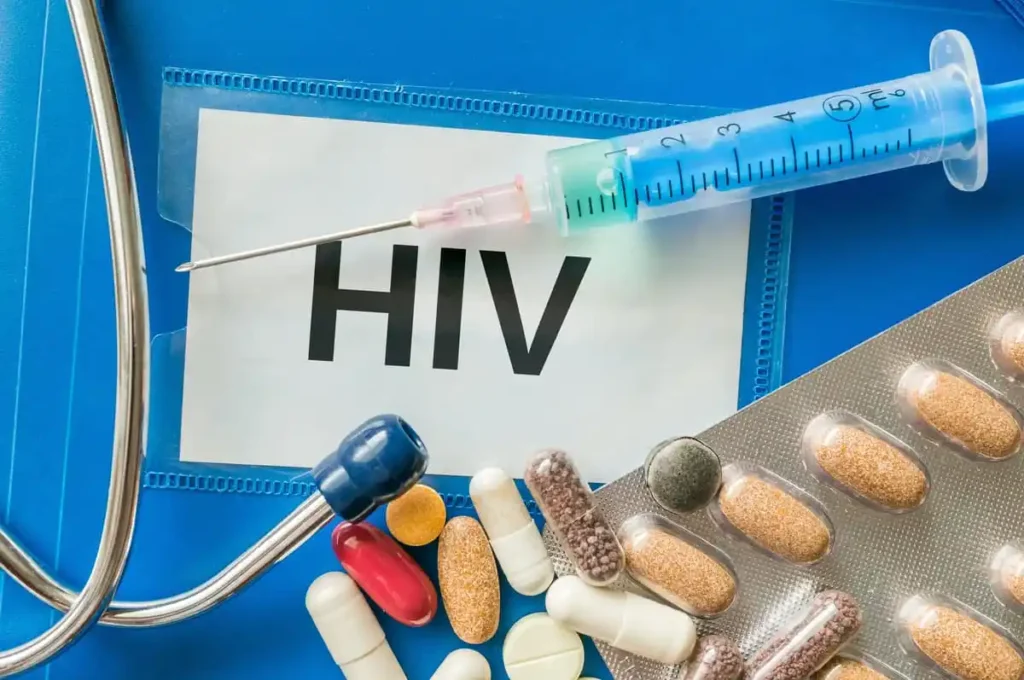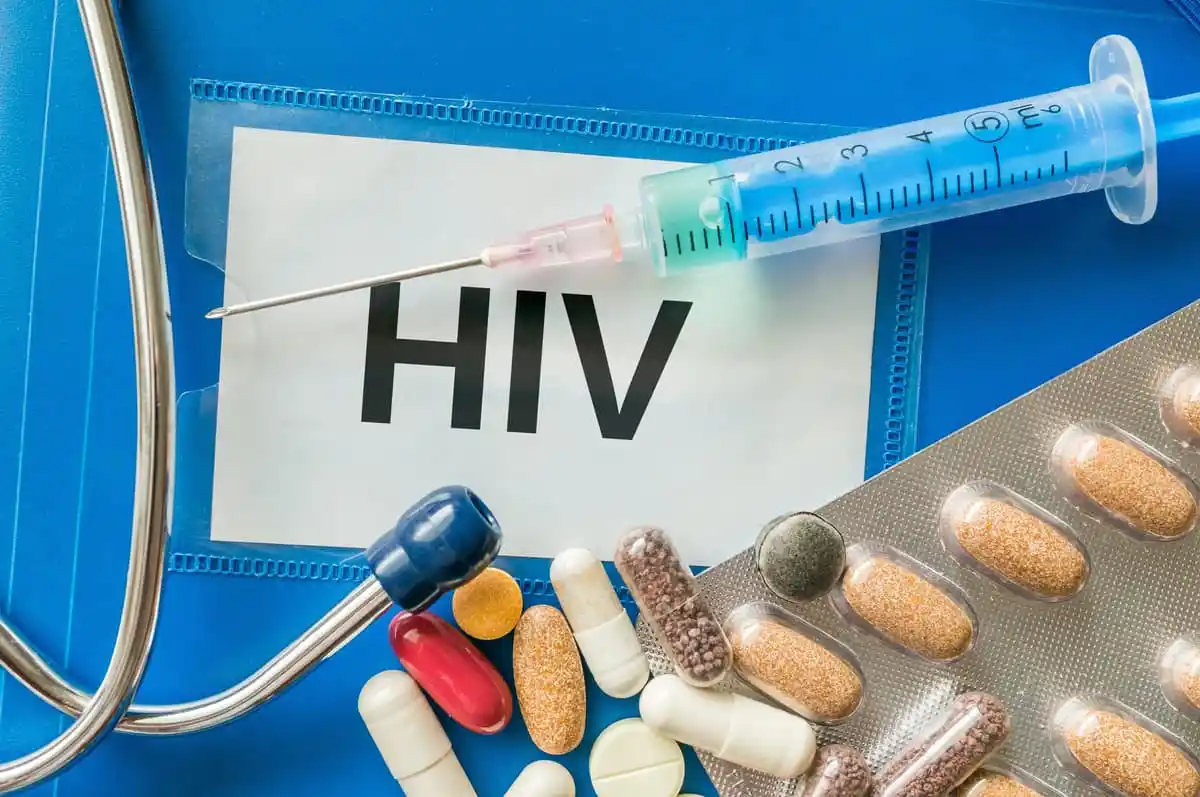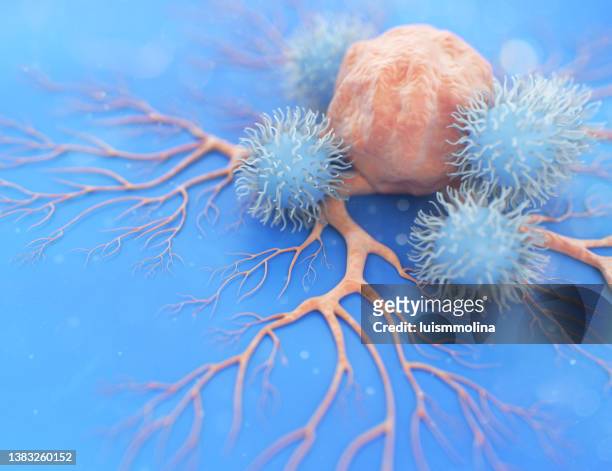HIV Treatment
HIV Fighting: An Extensive Look at Antiretroviral Therapy (ART)
HIV diagnosis appeared to be a life sentence for many years. Antiretroviral therapy (ART) has made HIV a chronic illness that can be managed, though. In order to stop the virus from multiplying and maintain control over the viral load, or the quantity of HIV in the blood, antiretroviral therapy (ART) targets the virus at several stages of its lifecycle. This blog post explores the various medication classes used in ART and the effectiveness of combination therapy.
Table of Contents

Knowing About HIV and How It Replicates
HIV Treatment
The human immunodeficiency virus, or HIV, targets CD4 cells in the immune system, which are essential for warding off infections. Within these cells, the virus multiplies, creating fresh copies that spread to additional sound CD4 cells. The immune system is weakened by this ongoing cycle, leaving the body vulnerable to opportunistic infections and diseases.
HIV Treatment
Targeting the Virus at Different Stages: How ART Operates
HIV Treatment
ART stops HIV from replicating at different stages, which prevents the virus from spreading and weakening the immune system. Following is a summary of the primary medication classes utilized in ART:
- Nucleoside Reverse Transcriptase Inhibitors (NRTIs): These medications imitate the structural elements required by HIV for self-replication. They stop the virus from finishing its reproduction process once they’ve been integrated into the genetic material of the virus.
- Reverse transcriptase inhibitors that are non-nucleoside (NNRTIs): NNRTIs are not incorporated into the viral DNA, in contrast to NRTIs. Rather, they attach themselves directly to reverse transcriptase, blocking it from transforming the virus’s RNA into DNA, which is an essential stage of reproduction.
- Protease Inhibitors (PIs): These medications work against the protease enzyme, which the HIV virus requires to build fully developed, contagious particles. PIs stop the production of new viral particles by inhibiting the activity of protease.
- Integrase Strand Transfer Inhibitors (INSTIs): Integrase strand transfer inhibitors, or INSTIs for short, are relatively new medications that block the integrase enzyme, which permits HIV to incorporate its genetic material into the host cell’s DNA. By doing this, the virus is unable to spread and make new copies.
- Entry Inhibitors: The family of entry inhibitors is a more recent addition to the ART toolbox. These medications work by specifically targeting proteins on the surface of the virus or the host cell to stop HIV from infecting healthy cells.
The Benefits of Combination Therapy: Why Using Several Drugs Is Essential
HIV Treatment
HIV is a crafty virus that is well-known for its capacity to evolve and become resistant to specific medications. ART regimens usually include a mix of medications from at least two different groups to stop this from happening. This multifaceted strategy guarantees the long-term efficacy of therapy and greatly reduces the likelihood that the virus will become resistant.
HIV Treatment
Advantages of Mixture Therapy:
- Suppresses Viral Load: A successful combination therapy can reduce the viral load to a level that cannot be detected. This not only helps the HIV-positive individual maintain better health but also stops the virus from spreading to other people (U=U: Undetectable Equals Untransmittable).
- Boosts Immune System: The body becomes less vulnerable to infections when the viral load is reduced, allowing the immune system to begin healing.
- Better Quality of Life: Individuals with HIV can live long, healthy lives when they get effective antiretroviral therapy.
Adherence and Considerations while Taking ART
HIV Treatment
Even though ART is incredibly successful, it’s important to take the drugs exactly as directed by your doctor. Drug resistance might result by skipping doses or not following the regimen, which will reduce the efficacy of the medication. Here are a few more things to think about:
- Adverse Reactions (ART): A number of ART drugs may have adverse reactions, including headache, tiredness, and nausea. Nonetheless, these side effects are frequently tolerable, and medical professionals can modify medication or suggest pain-reduction techniques.
- Long-Term Monitoring: To keep an eye on the viral load, CD4 cell count, and any possible side effects, routine blood tests are required.
- Open Communication: It’s critical to keep lines of communication open with your healthcare practitioner. By talking about your worries and difficulties adhering to your treatment, you can receive support and modifications that will help your treatment be successful.
HIV Treatment
HIV no longer has to be a crippling illness to live with. People can control the infection and lead happy lives with the help of ART. You may learn a great deal about this potentially life-saving treatment strategy by comprehending the many medication classes and the significance of combination therapy.






Recent Comments